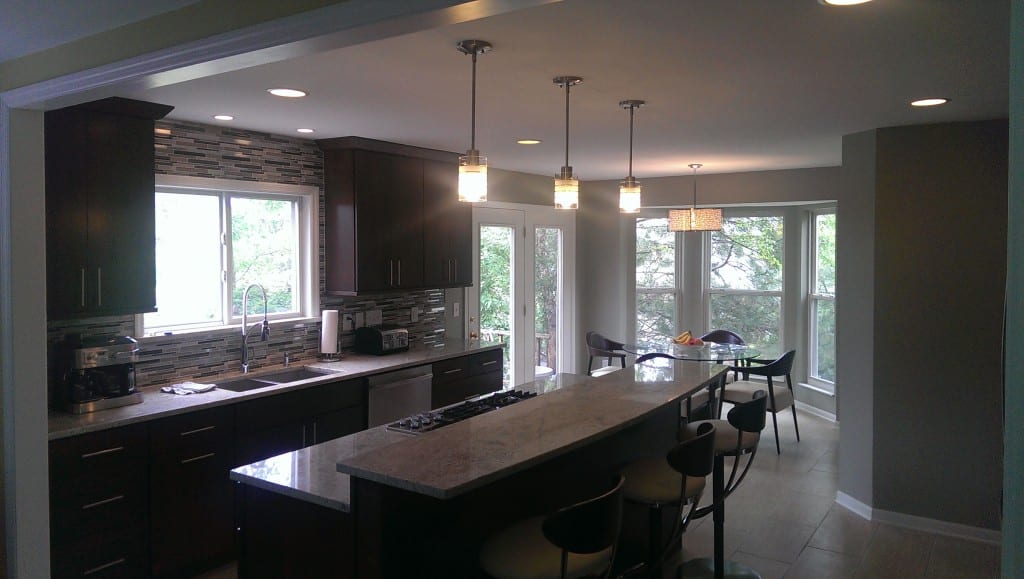Houses built during the boom that seemed new are now pushing ten years or more of age. That’s not old for a house by any means, but updating for whatever reason, whether it’s for reselling purposes or reflecting your tastes and lifestyle, involves a careful thought process. Residential remodeling may not be rocket science, but it’s a lot more difficult than some of the remodeling shows on television lead you to believe.
One way to start is to look at Remodeling magazine’s 2015 Cost vs. Value report. As a rule, remodeling projects don’t return a dollar-for-dollar value when you re-sell, especially in the short term. Some projects do have a fair return, such as siding replacement with fiber cement (and so do steel front doors). Over the years, kitchen remodels have fair returns, whereas large projects, such as swimming pools, do not.
But dollar return isn’t the only consideration, since people have emotional attachments to their homes. Lifestyle changes, such as a better job, children getting older, kids moving out, and so on happen as life goes on. But understanding how much bang you get for your buck is still a good place to begin.
Once you’ve decided what work you want, be sure to develop a Scope of Work, which describes in detail the work being done. Even something as simple as window replacement should have a Scope of Work of some kind, since they all have different installation instructions, screw and nail requirements, and flashing types.
If you’re not working with an architect or interior designer, meet with your contractor and develop the Scope. Yes, it will take some time, but the payoff is important. It will help the owner focus on the details of the project and create an accurate budget. It helps the contractor get better bids than he otherwise would. And it helps both owner and contractor stay on the same page, not just for the contract, but during the progress of the job.
What owners should absolutely avoid is telling a contractor, especially one they don’t know, what they want, and then ask for a price. It sounds straightforward enough to say, for example, that you’d like your bathroom updated with a new shower, double sinks, a low-flush toilet, and tile. You really need to get into the details of, say a Grohe or Koko brand shower head, and apply the same thinking to all the fixtures. You even should know in advance such details as whether or not the toilet paper holders will be built in and the exact kind of tile. Ask if the contractor will produce shop and working drawings, and say goodbye if the answer is no.
Homeowners considering residential remodeling projects have consulted with us for years, and if you have something large or small, contact us







